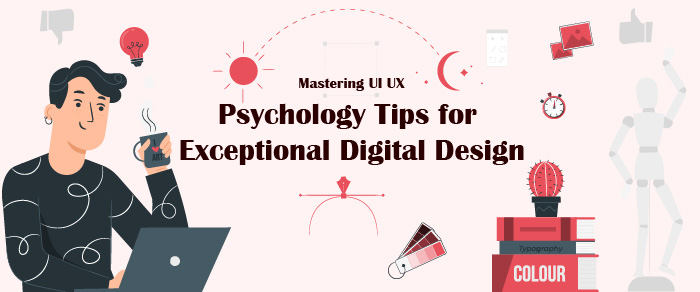Psychology plays a fundamental role in shaping user experiences that resonate deeply with your audience. By leveraging psychological principles, you can enhance your digital design to captivate and engage users effectively. This guide will introduce you to key psychological insights that can elevate your UI/UX design strategy, ensuring that your creations are not only visually appealing but also intuitively aligned with user behavior and preferences. Get ready to transform your approach to digital design by incorporating these crucial tips.
Key Takeaways:
- User-Centered Design: Prioritize understanding the needs and behaviors of the end-user to create interfaces that resonate with their expectations.
- Visual Hierarchy: Utilize size, color, and placement to guide users’ attention, making important information more accessible and enhancing the overall user experience.
- Emotional Engagement: Incorporate elements that evoke emotions, such as storytelling and relatable visuals, to create a deeper connection between users and the product.
Understanding User Psychology
While designing digital interfaces, it’s important to explore into user psychology to create meaningful experiences. Understanding how users think, feel, and make decisions enables you to craft designs that resonate with their needs and preferences. By incorporating psychological principles into your work, you provide an intuitive and engaging environment that enhances usability and satisfaction, ultimately driving success in your projects.
Cognitive Biases in Design
An awareness of cognitive biases can significantly influence your design decisions. By leveraging these biases, you can guide users toward specific actions or choices. Techniques such as defaults, framing, and anchoring can lead to better user experiences while effectively managing how information is processed and perceived.
Emotional Engagement and User Experience
With the right emotional engagement, you can elevate the overall user experience. When users connect emotionally with your product, they are more likely to engage deeply and remain loyal to your brand, enhancing both satisfaction and retention rates.
Experience plays a vital role in how users feel about your design. By creating memorable interactions and tapping into emotions through visuals, storytelling, and user feedback, you foster strong connections with your audience. Designing for emotional engagement not only makes your interfaces more appealing but also cultivates a sense of belonging and loyalty among users, positively influencing their perception of your brand.
The Importance of Usability
You must prioritize usability in your digital designs to ensure a seamless experience for your users. A user-friendly interface not only encourages interaction but also minimizes frustration, leading to higher engagement and customer satisfaction. When users can easily navigate your design, they are more likely to become repeat visitors, which ultimately drives success for your online presence.
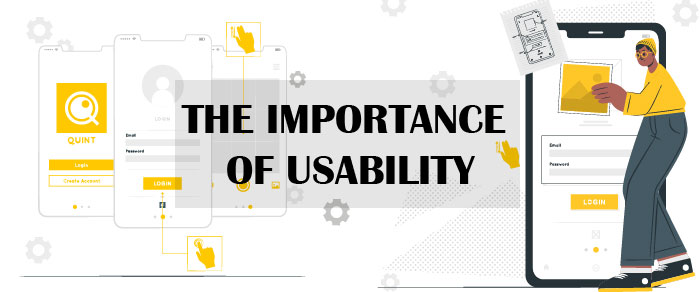
Principles of Usability
An effective design incorporates key principles of usability, such as consistency, efficiency, and feedback. Consistent elements help users instinctively know how to interact with your interface, while efficiency ensures they can complete tasks quickly. Providing clear feedback helps to affirm their actions, establishing a sense of control and guiding them throughout their experience.
Testing for Usability Challenges
Above all, evaluating your design’s usability through testing is crucial to identify potential challenges. Testing allows you to observe how real users interact with your interface, highlighting areas that may confuse or hinder their experience. Gathering feedback during this process ensures that your design evolves based on actual user behavior, leading to more effective solutions.
Due to the ever-changing nature of user expectations, ongoing usability testing is vital for staying ahead of challenges. You should conduct tests with a diverse group of users to uncover various pain points and perspectives. By iteratively refining your design based on these insights, you not only enhance the overall user experience but also build a product that resonates with your audience and meets their needs effectively.
Color Theory and its Impact
Now that you are familiar with the basics of UI UX design, it’s necessary to explore how color theory influences user perceptions and interactions with digital interfaces. The colors you choose can directly affect the emotions and behaviors of your audience, guiding their experience and responses. By harnessing the psychological impacts of color, you can create designs that resonate deeply with your users, enhancing overall satisfaction and engagement.
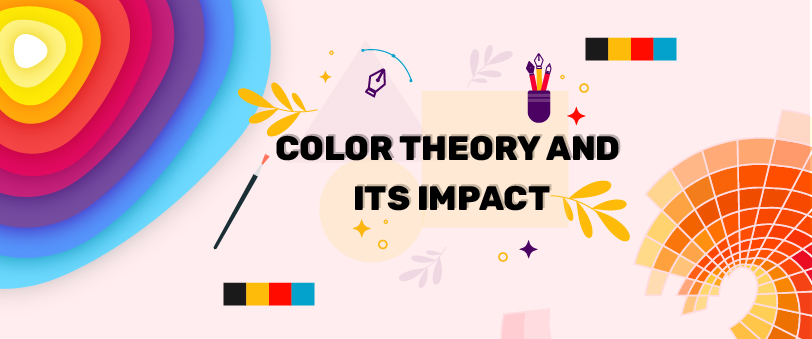
Psychological Effects of Color
Before exploring into color selection, it’s important to understand the psychological effects different colors have on individuals. Colors can evoke specific emotions and associations; for instance, blue often conveys trust and calmness, while red can increase feelings of urgency. By leveraging these associations, you can strategically influence user decisions and create a stronger connection with your audience.
Color Schemes that Enhance UX
Color choices can significantly enhance the user experience by making information clear and navigation intuitive. Using harmonious color schemes helps guide users’ attention to important elements, making your designs more appealing and functional.
Even more, you can elevate the user experience by implementing complementary and analogous color schemes that create visual harmony. This approach not only clarifies the hierarchy of information but also fosters aesthetic appeal. By balancing contrasting colors, you can highlight calls to action, ensuring that your users are drawn to the most critical content while maintaining an inviting and enjoyable atmosphere throughout their interaction with your design.
The Role of Typography
Despite the fast-paced digital landscape, typography remains a foundational element of UI/UX design. It’s not merely about choosing fonts; it’s about creating a harmonious experience that aligns with your brand while enhancing user interaction. Thoughtful typography can guide users, evoke emotions, and establish a connection, making your design not only functional but also compelling. Understanding the nuances of typography allows you to effectively communicate your message and engage your audience across various platforms.
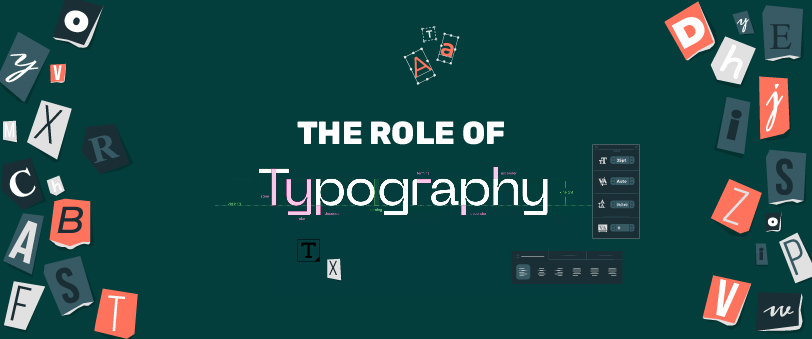
Readability and Accessibility
For your design to be effective, it’s vital to focus on readability and accessibility. This means using font sizes, line spacing, and contrast that allows all users, including those with visual impairments, to engage with your content easily. Opting for clear typefaces and ensuring that your text is legible against its background can significantly enhance user experience, making your website or application more inclusive. Prioritizing readability ensures that your message reaches every potential visitor effortlessly.
Font Psychology in Design
Above all, font psychology plays a vital role in how users perceive your brand. The typefaces you select can evoke specific feelings, set a tone, and even influence decision-making. For instance, serif fonts often convey tradition and reliability, while sans-serif fonts are seen as modern and clean. By understanding the psychological implications of different font styles, you can strategically choose typography that aligns with your brand’s identity and resonates with your target audience.
Another aspect to consider in font psychology is cultural context. Different font styles may carry varying connotations across cultures or demographics, impacting how your message is perceived. For example, script fonts can evoke elegance and creativity but might feel out of place in a more corporate or serious context. Tailoring your typography choices to reflect your audience’s preferences and cultural backgrounds can strengthen your communication and enhance emotional connections. Ultimately, the right font not only enhances aesthetic appeal but also deepens user engagement by aligning your message with the emotional undertones you wish to convey.
Creating Intuitive Navigation
Unlike traditional design approaches, intuitive navigation requires a deep understanding of user behavior and expectations. By streamlining your site’s navigation, you enhance usability and accessibility, allowing users to find what they need quickly and effortlessly. When you prioritize simplicity and clarity, you create a seamless experience that encourages exploration and reduces frustration, ultimately leading to higher engagement and conversion rates.
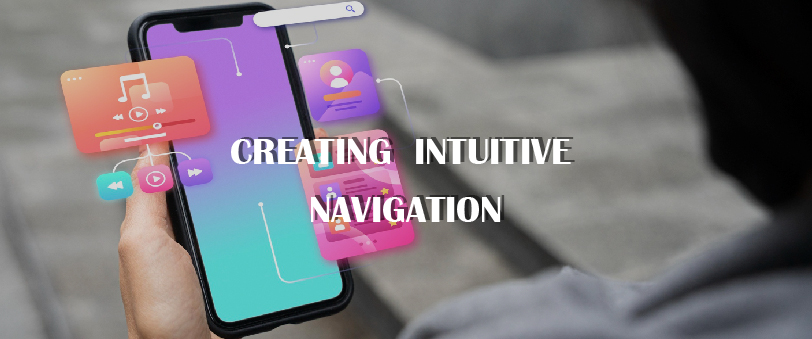
User Flow and Journey Mapping
Behind every effective digital design lies a well-thought-out user flow and journey mapping. By visualizing the steps your users take, from their initial interaction to completing a desired action, you gain insights into their needs and potential pain points. This strategic approach allows you to anticipate user behavior and refine navigation paths, leading to a more enjoyable and efficient experience.
Best Practices for Navigation Design
About establishing effective navigation design, consider elements such as consistency, clear labeling, and logical hierarchy. You should ensure that your menus are organized in a way that aligns with how users think and search for information, making their journey on your site more intuitive.
Intuitive navigation design is about creating a user-friendly interface that allows visitors to move seamlessly throughout your digital space. It involves utilizing familiar patterns, such as breadcrumb trails and sticky menus, ensuring that users always know their current location within your site. Effective use of whitespace and distinct visual cues can also guide users without overwhelming them, making it easier for them to achieve their goals. By adhering to best practices, you enhance both the functionality and satisfaction of the user experience.
Feedback and Interaction Design
Your design must not only be visually appealing but also engage users through effective feedback and interaction. When users take actions within your digital interface, providing immediate and clear feedback is crucial to enhance their experience. This enables users to understand the outcome of their actions and feel more confident navigating your platform, ultimately leading to a seamless connection between them and your design.
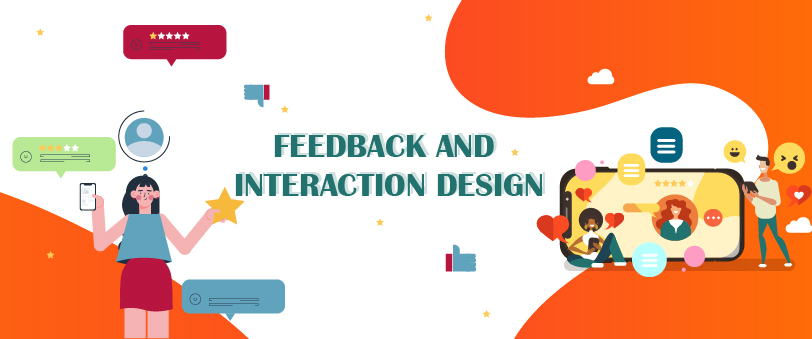
Importance of User Feedback
For any digital design, user feedback serves as a guiding light. By actively soliciting and integrating feedback, you gain insights into user preferences and pain points, allowing you to refine and optimize your design. This iterative process nurtures trust and loyalty, ensuring that your interface resonates with users and meets their expectations effectively.
Designing for Interaction
After defining your feedback systems, focus on designing for interactions that facilitate user engagement. Prioritize simplicity and intuitiveness in your interface to make user actions feel natural and rewarding. By leveraging principles from psychology, such as affordances and feedback loops, you can enhance the usability of your design, encouraging users to explore and interact more comfortably.
In addition, creating an interactive environment requires thoughtful consideration of how users will engage with your design. Incorporate elements such as hover states, visual cues, and micro-interactions that respond to user actions. These subtle yet powerful features can dramatically increase the perceived responsiveness of your interface, helping users feel in control and connected to their experiences. Engaging design fosters collaborative interaction, prompting users to stay longer and explore more of what your digital offering has to provide.
Conclusion
With these considerations in mind, you are now equipped to enhance your digital design through the principles of psychology. By understanding user behavior, emotions, and cognitive processes, you can create interfaces that not only meet functional needs but also resonate on a deeper level with your audience. Implement these psychology tips in your UI/UX projects to foster exceptional user experiences that will keep your users engaged and satisfied.
Q: What are the key psychological principles to consider when designing for user experience?
A: When designing for user experience, several psychological principles can enhance the effectiveness of your interface. For instance, the principle of proximity explains that elements that are closer together are perceived as related, guiding users logically through content. Additionally, the concept of anchoring can be valuable; it refers to the tendency of users to rely on the first piece of information they encounter. This emphasizes the importance of placing key information prominently. Lastly, the Fitts’s Law suggests that the time it takes to move to a target area is a function of the size and distance to the target, which underscores the importance of making buttons and actionable items easily clickable by optimizing their size and placement.
Q: How does color psychology impact user engagement in UI/UX design?
A: Color psychology plays a vital role in shaping user emotions and behaviors in digital design. Different colors can evoke different feelings; for instance, blue often conveys trust and professionalism, making it a common choice for financial institutions. In contrast, red can generate excitement or urgency, which may be effective in call-to-action buttons. Choosing the right color palette can enhance user engagement, as colors can guide users’ attention and can impact the overall perception of a brand. It’s important for designers to be mindful of cultural differences in color perception to create designs that resonate well with their target audience.
Q: In what ways can user feedback improve the UI/UX design process?
A: User feedback is invaluable for refining the UI/UX design process. Implementing feedback methods, such as surveys, usability testing, or A/B testing, allows designers to gather insights on how users interact with their designs. This information can pinpoint specific areas of confusion or frustration that may not have been apparent during the design phase. By iterating on designs based on actual user behavior and preferences, designers can create more intuitive interfaces that better meet user needs. Ultimately, incorporating user feedback fosters a user-centered design approach that leads to higher satisfaction rates and more effective digital experiences.
